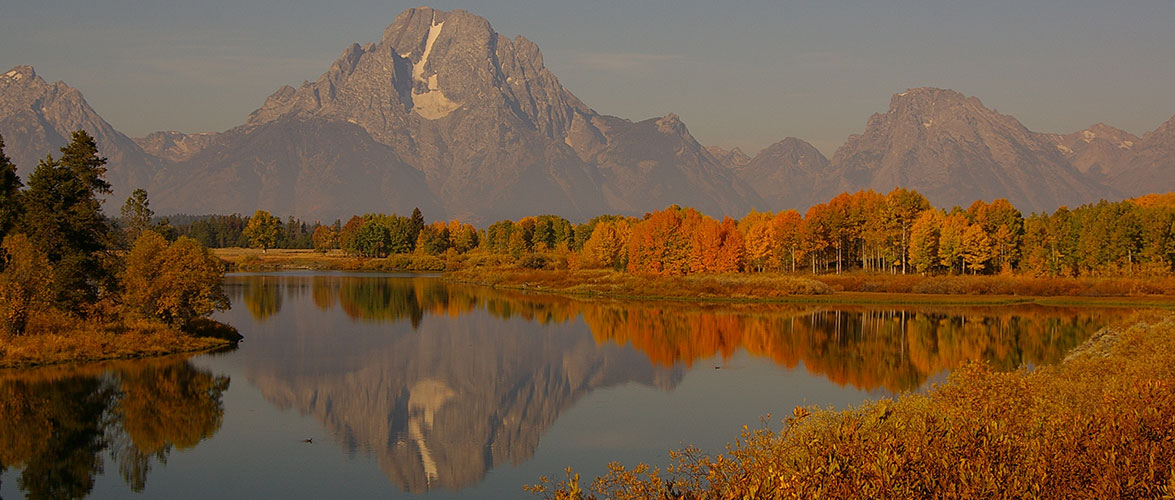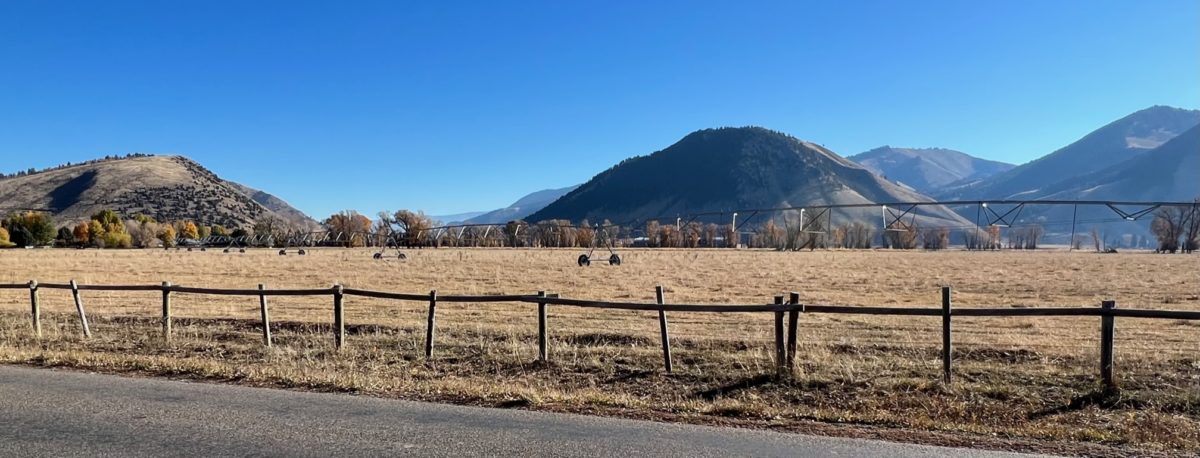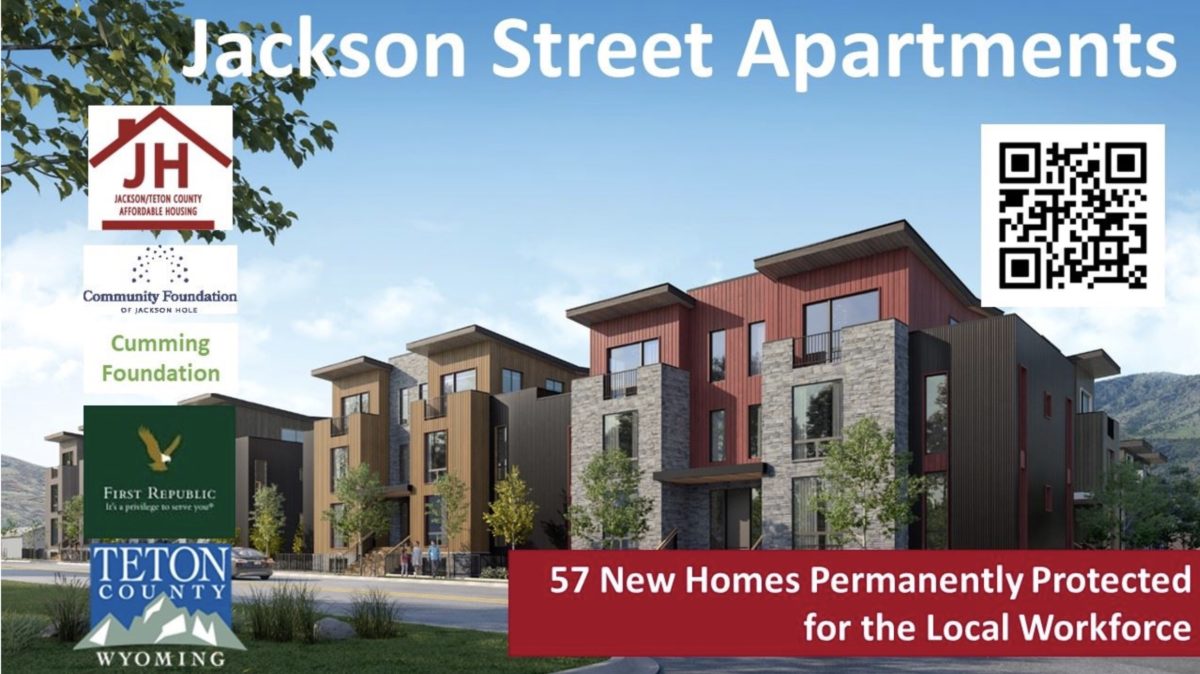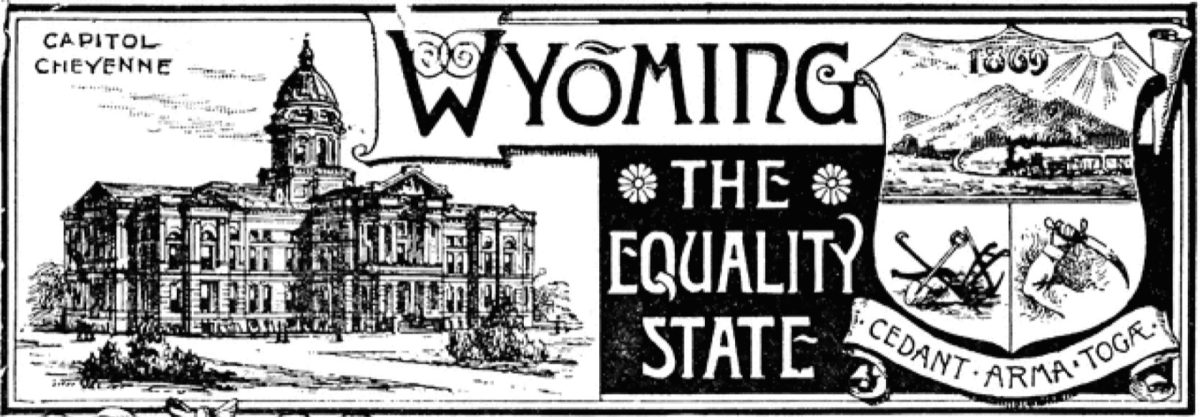The proposed housing development for the western half (Area 1) of Northern South Park (NSP) is a huge, consequential development. But denying it could have even bigger consequences. Detractors blocking the proposal by imposing impractical, possibly illegal, conditions are missing the forest for the trees.
Land-owners in Area 1 are applying for approval of a Master Site Plan (MSP) to receive entitlements to build up to 600 units on 76 acres in NSP Area 1. 480 of those units are required to be restricted to local workers. To receive approval for the re-zone the owners must relinquish up to two-thirds of the 76 acres for parks, school needs and the restricted housing. That leaves less than a third of their land for their beneficial use, primarily for unrestricted, free-market units.
Notably, the land they’re permanently relinquishing for public benefit is worth millions if sold as a single ranchette, something they could do at no risk, tomorrow, without any public process. Just as notably, squeezing the market units onto the remaining, unrelinquished property means that the largest houses will be just over 2,000 sf, hardly a mansion by today’s standards, and many of the market units will be townhomes and condominiums. Those aren’t exactly units sought after by the one-percenters buying up multimillion dollar estates throughout the rest of the county. Indeed, many of the market units could likely end up housing local workers, just like the restricted units will.
NSP has generated several hundred comments, including conditions for approval that create economic conditions that no bank would ever finance. Other proposed conditions likely aren’t legal and disregard private property rights. Collectively these conditions could push the applicant to the point where they just walk away. Taken as a whole, they are a way to get to “No.”
Consequences include:
- Subverting the community’s vision to reduce rural development and focus housing in and near town. Inexorable job growth will create ever more pressure for housing. Town can only meet so much of that demand, and most units built in town will be smaller one and two-bedroom units. NSP is the only green space next to town to build housing where workers won’t have to live stacked on top of each other four stories high. Taking NSP off the table would put pressure on open spaces well outside of town historically eyed by developers. If we kill development in NSP, those zombie developments might rise from the dead, creating dense neighborhoods farther away from town.
- Laying the foundation for even more development in NSP than is currently contemplated. Mitigating transportation impacts and addressing safety along High School Road is essential. But requiring a road across land that is not owned by the applicant isn’t legal in this situation and destroys its value as ranch land. That increases the probability that the land trapped between Highway 89, High School Road and the so-called East-West connector would get upzoned at some point in the future, and, situated as it is near a highway at the corner of High School Road, that the upzone would look much like the land right on the other side of High School Road: a shopping mall with three stories of housing on one end.
- Lowering the probability of procuring land and easements for beneficial future transportation improvements. If, when and how the community might benefit from these easements will be up to the private property owners of what is now intact, highly productive ranch land. Threatening to condemn that land now and throwing obstacle after obstacle in the way of this application probably doesn’t instill confidence in those landowners that development applications they might submit in the future would be given a fair shake.
Yes, the current Master Site Plan proposal in front of the commission envisions a big development. But development will occur in phases, much like the development of Cottonwood Park that similarly generated large amounts of construction traffic as houses were built throughout that neighborhood in the late 80’s and 90’s, development that to this day generates large amounts of residential and commercial traffic as residents go about their lives. Existing conditions on the application currently in front of the board require pathways to separate bikers and pedestrians from vehicles and expansion of infrastructure for public transportation—substantial improvements over existing conditions.
Stepping back, sensible conditions will protect public health and welfare while allowing this important development to move forward. Stifling it with unnecessarily burdensome conditions would subvert the community vision for removing second-home type density from the rural areas, transmogrifying it into small-unit workforce housing near town, preserving open space where it’s most valuable, disincentivizing single-occupancy vehicle use, reducing congestion and reducing emissions.





